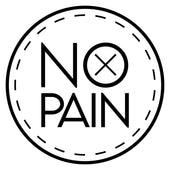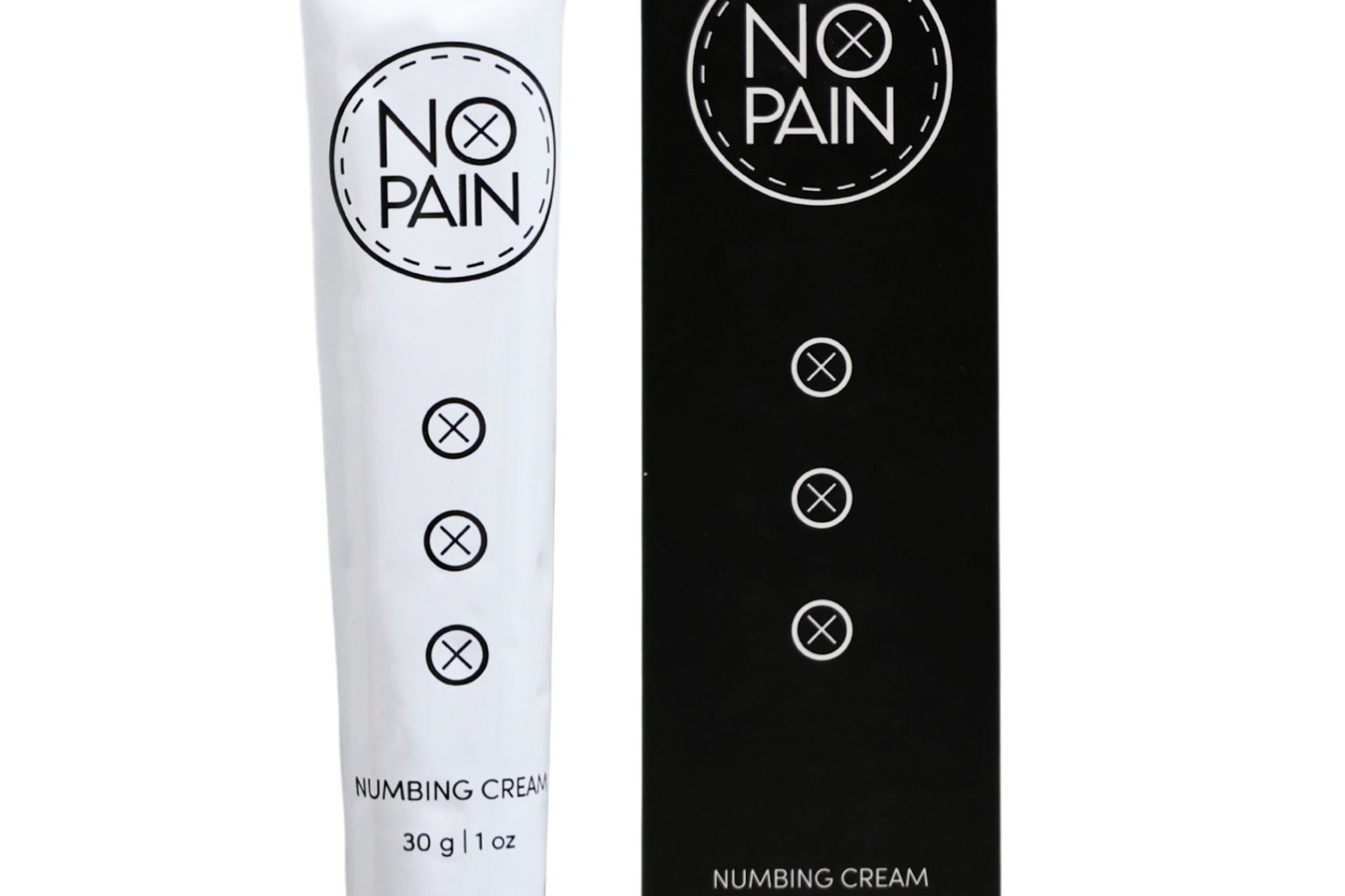You've survived the needle. You've made it through the initial soreness and swelling. You think the hardest part is over, and then it begins: the itch.
It's a maddening, relentless, and sometimes overwhelming sensation that can test the willpower of even the most seasoned tattoo collector. It can wake you up at night and distract you all day.
So, how long does this unique form of torture last? And more importantly, what can you do to stop the tattoo itch without losing your mind or, even worse, ruining your beautiful new art? This is your survival guide to the itchiest phase of the healing process.
Why Your New Tattoo Itches So Much
First, understand that itching is a normal—if annoying—sign that your body is healing correctly. The primary reason it happens is simple: your skin is regenerating.
As the top layer of skin begins to peel and flake away (much like a healing sunburn), the new, highly sensitive skin underneath is exposed. This process of shedding and rebuilding irritates the tiny, delicate nerve endings in your skin, which your brain interprets as a constant, nagging itch.
The Itch Timeline: When It Starts and When It Finally Ends
-
The Onset: The itching typically begins around the end of the first week of healing, often between days 5 and 7, as the tattoo transitions from a fresh wound into its peeling stage.
-
The Peak: The itch is usually at its absolute worst during the peak of the peeling, which for most people is between days 7 and 10. This is the phase that requires the most self-control.
-
The Relief: For most people, the intense, maddening itch will start to subside as the peeling finishes, usually around the end of the second week. You might still have some minor, occasional itching for another week or so as the skin fully settles, but the worst of it will be over.
How to Stop the Itch: The Do's and Don'ts
The #1 Rule: DO NOT SCRATCH!
We have to say it again because it is the most important rule in all of tattoo aftercare. Scratching your itchy tattoo with your fingernails can rip off the delicate flakes and scabs before they're ready. This will pull the ink out from the dermis below, leading to permanent patchiness, scarring, and a tattoo that will definitely need a touch-up. Scratching also introduces bacteria from under your nails, which can cause a serious infection.
DO: Moisturize with Products Designed to Soothe
An itchy tattoo is a thirsty tattoo. The single most effective way to stop the itch in its tracks is to keep your skin properly hydrated with the right products.
-
For Immediate, Cooling Relief: When the itch feels fiery and unbearable, you need a product designed specifically to calm inflammation. Our No Pain Tattoo Soothing Gel is your secret weapon for this stage. Its cooling formula provides an instant soothing sensation that calms the irritated nerve endings. It’s a lightweight gel that absorbs quickly, delivering relief without feeling heavy or greasy.
-
For All-Day Hydration: To prevent the itch from starting in the first place, keep the skin nourished with our No Pain Tattoo Aftercare Balm. Applying a thin layer after washing prevents the skin from drying out and tightening up, which is a major trigger for itching.
DO: Gently Tap or Slap the Area
If you're desperate for physical relief, you can gently but firmly tap or "slap" the itchy area with clean fingers. This can temporarily confuse the nerve endings and override the itch signal without the damaging effect of scratching.
DO: Keep It Clean
Sometimes, sweat and environmental irritants can make the itching worse. A gentle wash with our No Pain Tattoo Cleansing Foam can provide a clean, calm slate before you apply your moisturizer.
The Verdict: The intense tattoo itch is a temporary rite of passage, typically lasting about a week. While you can't skip this stage entirely, you can absolutely control it.
The key is to never let your tattoo get too dry. By using the right tools—like our complete No Pain Tattoo Aftercare Bundle—you can navigate this phase calmly and comfortably, ensuring your tattoo heals as beautifully as it looks.

